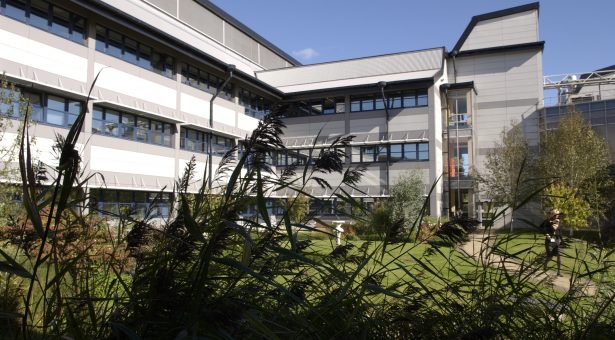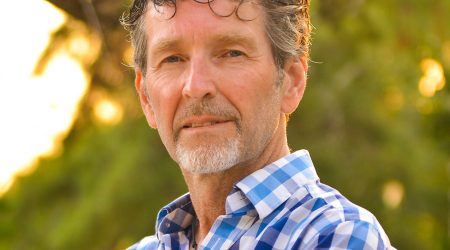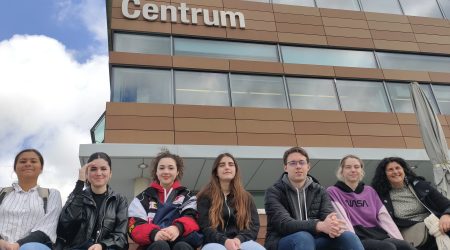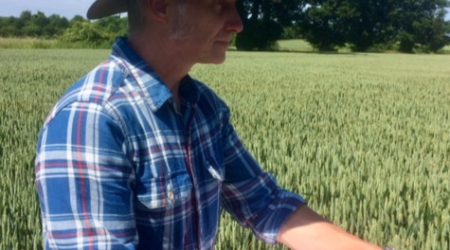40 years at the John Innes Centre

For our final blog of 2019, we say goodbye to Stephen Johnson, who retired this month after a 40-year career here at the John Innes Centre.
Before he left, we sat down with him to find out about his time here and what had changed over four decades at the forefront of plant research on the Norwich Research Park.
“I joined the John Innes Centre on Monday 9 July 1979. I left school in May and six weeks later I joined John Innes and I’ve been here ever since. I have probably set foot on every blade of grass on the site.
So much has changed in that time, it is phenomenal. Take just the buildings for example; when I started there was just the Bateson building, we’re still sat in now, but looking out of the window, there was no Biffen Building, no Sainsbury Laboratory, that was just all fields and a car park. There wasn’t even a reception building then.
Looking the other way, there was no Quadram building, no Earlham Institute or Centrum and no hospital. I remember, about one year before they started building the hospital, two Portacabins appeared in what was then the middle of a field, manned 24/7 by security guards, even though there was nothing there.
As the buildings have changed, so has my job, going from being very manual to being much more technical and computerised.
I work in the Field Trials team. We grow all of the plants required by the scientists to be in the field rather than say grown in glasshouse conditions. Most of our work is done on cereal crops, and we are technically part of the Crop Genetics department, but we can grow anything that is needed to be grown in a field environment and at a slightly larger scale.
The scientists here are looking at so many traits and different varieties, that we grow each crop on as small as a 1m x 1m plot, so we need equipment suited to that size of plot. Another advantage of these plot sizes is that we can take really accurate samples to be measured and weighed, plus we can say exactly whereabouts in the field it came from.
What we do is essentially farming, but on a smaller scale. We work to similar timescales to commercial agriculture, when a commercial farm drills, we drill, when they spray, we spray. To that end, we have all the big farm toys, such as specialised drills and combine harvesters, just scaled-down versions. Our tractors are driven by GPS now, so whereas we used to manually drive it, now it is all programmed in and is accurate to within millimetres.
With everything we do communication is key. Partly this is to ensure what we’re doing and what the scientist needs from us is joined up, but also, it’s good for morale. When you’re going out into the field in the dark and it’s chucking it down, it is nice to know why you’re doing it and what the crops you’re tending to are trying to help someone understand.
I think my fondest memory was the visit of Princess Anne to open the new buildings back in September 1990. There have been lots of highlights though. Now, I am retiring I plan to spend more time with my family and tending to my garden.



